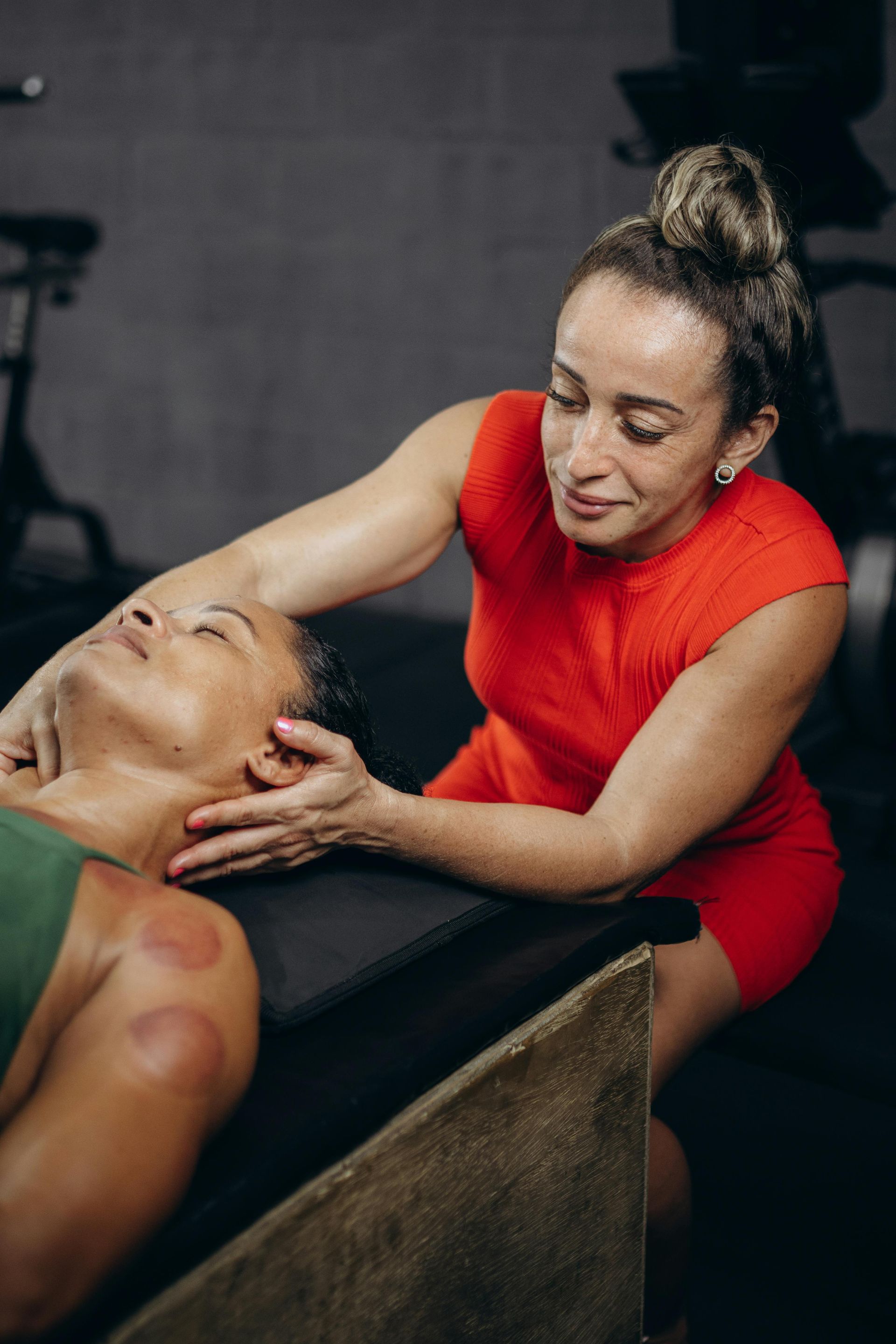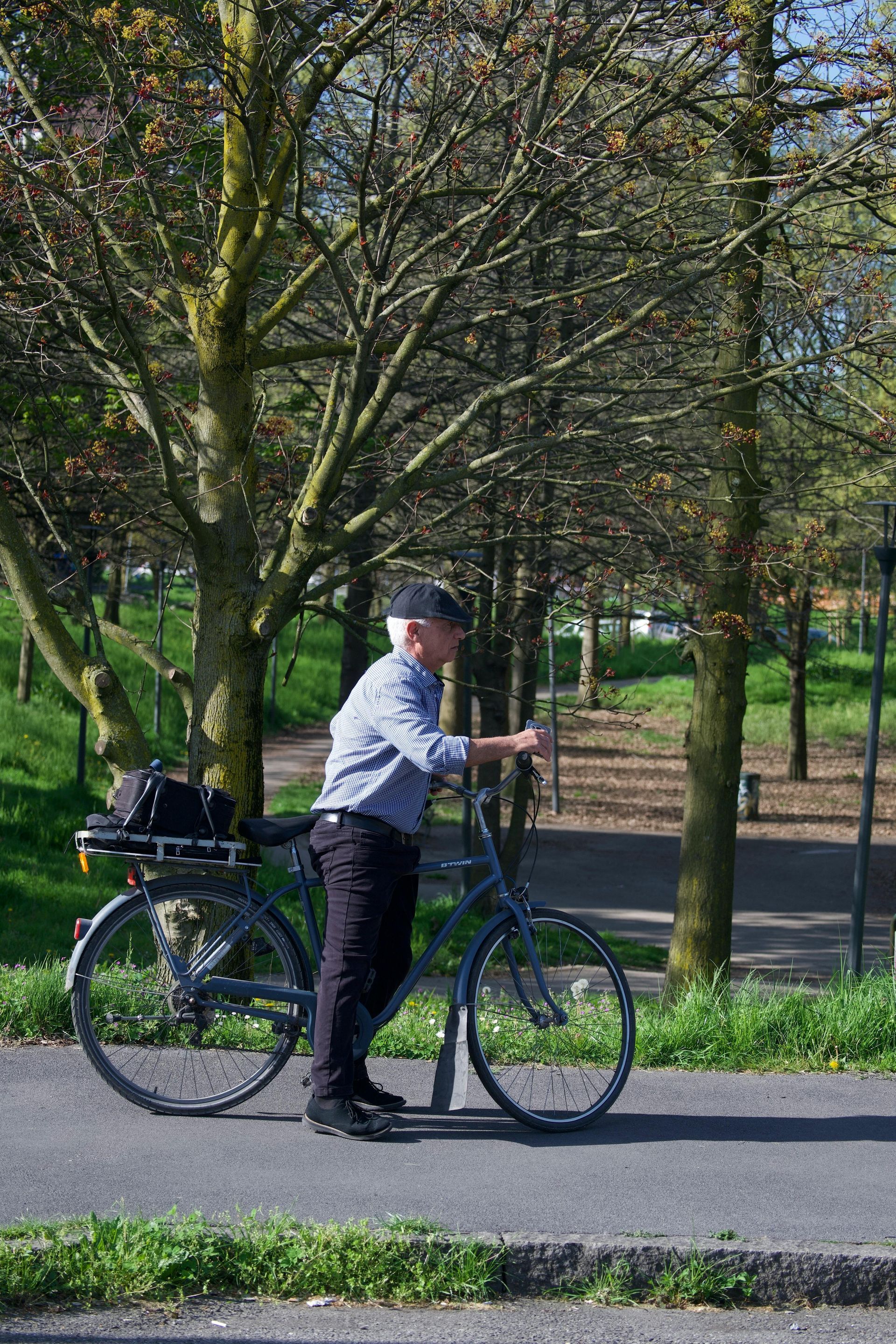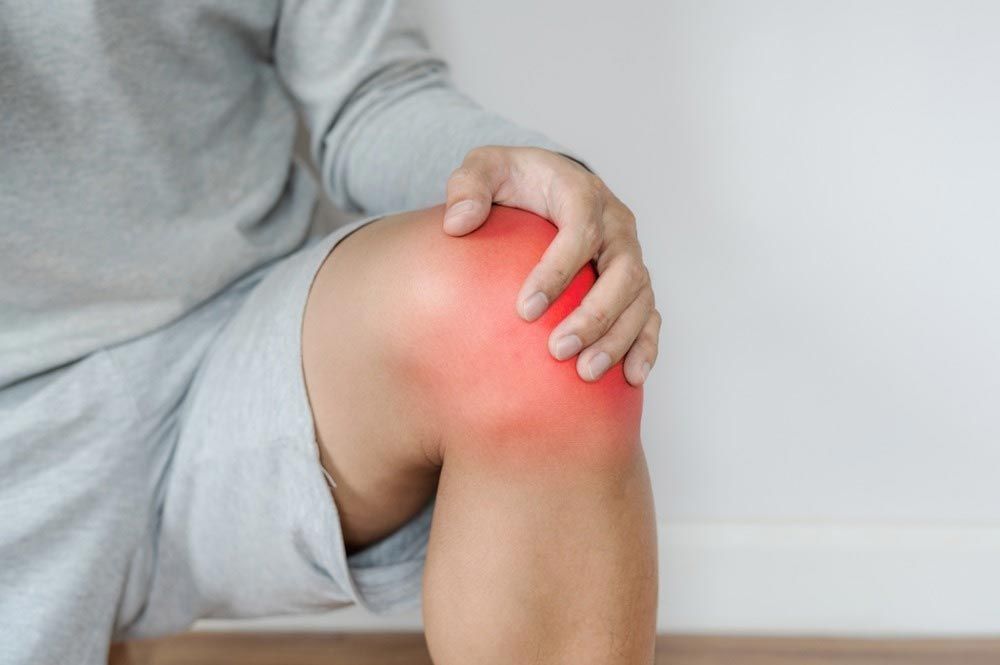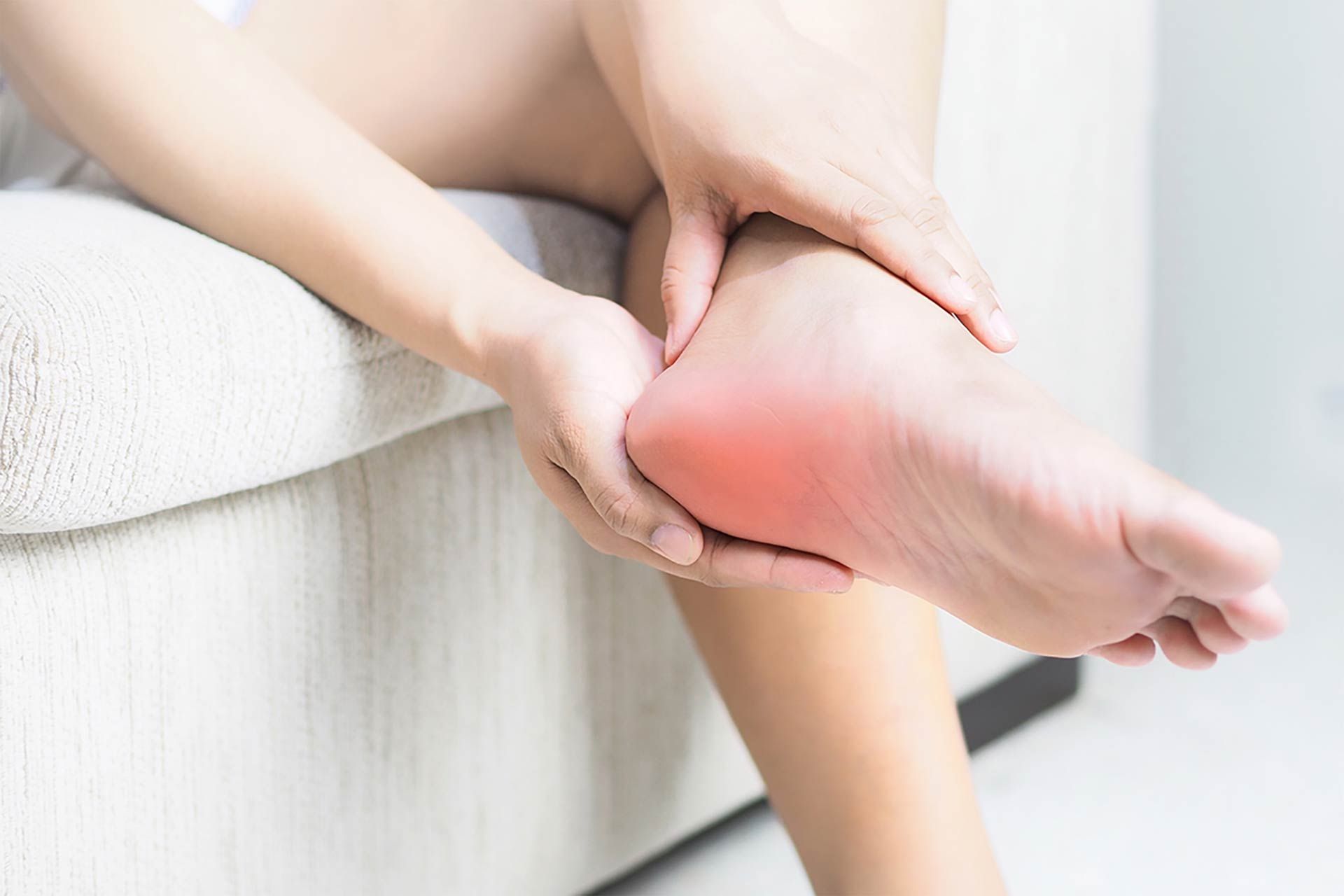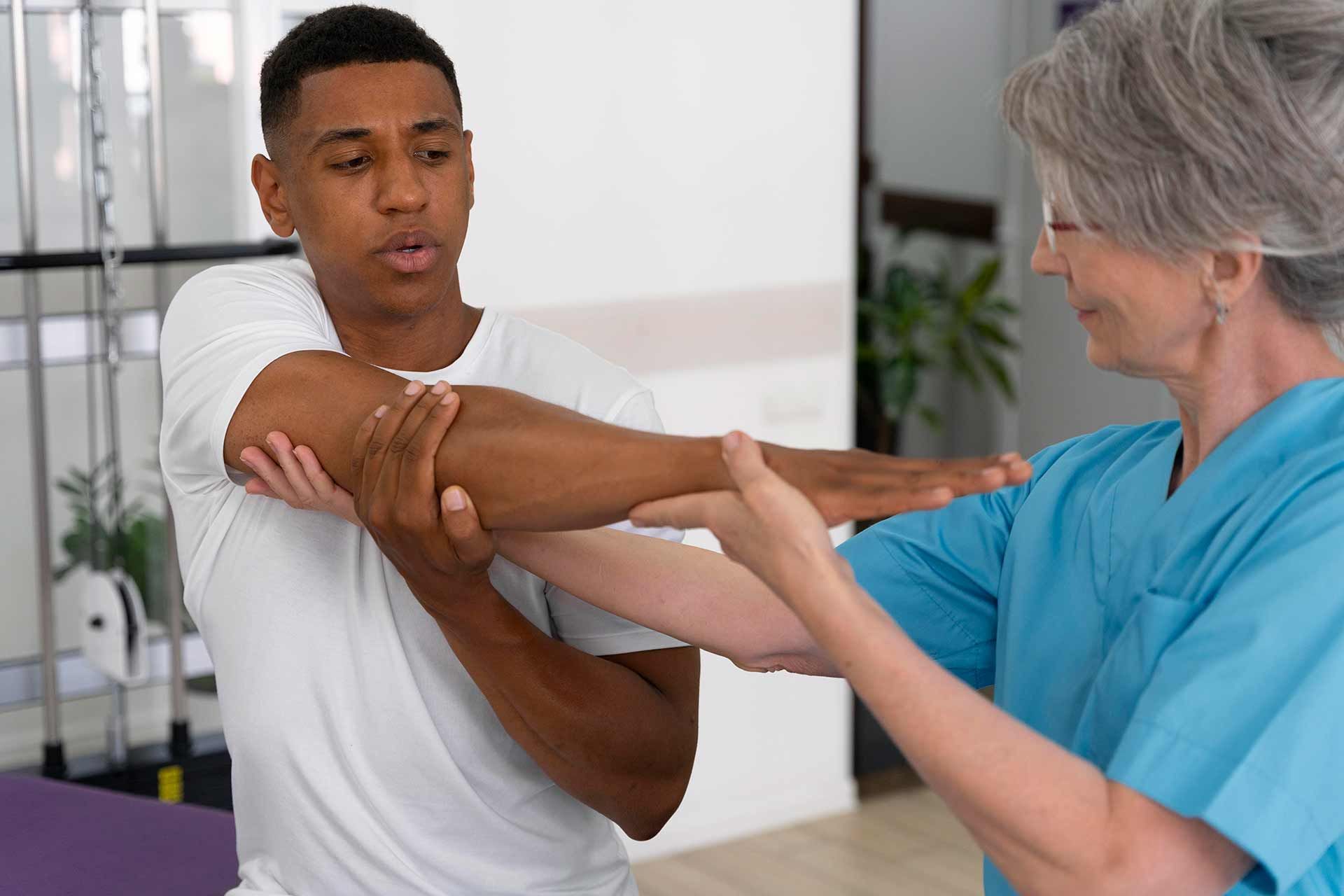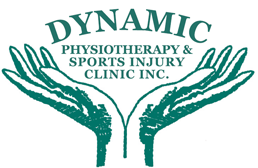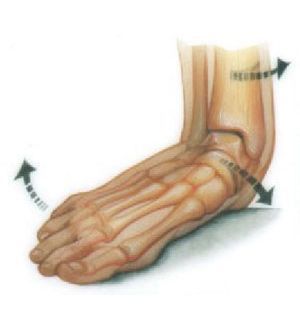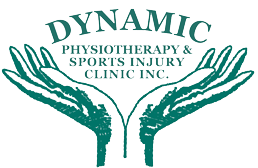Pain and limited mobility are common challenges for many people, whether due to sports
injuries, chronic conditions, or muscle imbalances. Among the wide range of therapeutic options
available, dry needling and acupuncture stand out as two effective treatments. While both
involve the use of needles to target specific areas of the body, they differ in their techniques,
purposes, and benefits. Understanding these differences is key to deciding which treatment is
best suited for your needs.
At Dynamic Physiotherapy in Mississauga, we offer both dry needling and acupuncture as part
of our comprehensive physiotherapy services. This guide will help you understand the
distinctions between these two techniques, their unique applications, and how they can help you
achieve your health and wellness goals.
What is Dry Needling?
Dry needling is a modern therapeutic technique used to treat musculoskeletal pain and
dysfunction. It involves inserting thin, sterile needles into specific points in the muscles, known
as myofascial trigger points. These trigger points are areas of muscle tightness or knots that can
cause pain, limit movement, and refer pain to other areas of the body. The goal of dry needling
is to release tension in these trigger points, improve blood flow, and restore normal muscle
function.
Unlike acupuncture, which is rooted in traditional Chinese medicine, dry needling is based on
modern anatomy and medical science. Physiotherapists trained in dry needling use their
knowledge of muscle anatomy to identify the areas causing pain and dysfunction. The treatment
is often combined with other physiotherapy techniques, such as manual therapy and exercise,
to provide comprehensive care.
How Does Dry Needling Work?
Dry needling works by targeting the trigger points within a muscle. When the needle is inserted
into a trigger point, it creates a local twitch response, which is a brief contraction of the muscle.
This response helps release tension, reduce pain, and improve circulation. The benefits of dry
needling include:
Pain Relief: By relaxing tight muscles and reducing inflammation, dry needling alleviates
pain and discomfort.
Improved Mobility: The release of muscle tension enhances flexibility and range of
motion.
Faster Recovery: By promoting blood flow and cellular repair, dry needling accelerates
the healing process.
Prevention of Future Injuries: Addressing muscle imbalances and tightness reduces
the risk of re-injury.
What is Acupuncture?
Acupuncture is a traditional Chinese medicine (TCM) practice that has been used for thousands of years to promote health and well-being. It involves inserting thin needles into specific points
on the body, known as acupuncture points, to restore the flow of energy, or "Qi" (pronounced "chee"). According to TCM, Qi flows through pathways called meridians, and any disruption in
this flow can cause pain or illness. Acupuncture aims to restore balance and harmony within the
body by stimulating these points.
In addition to its traditional roots, acupuncture has been widely adopted in Western medicine as
an effective treatment for pain and various medical conditions. Acupuncture points are often
located near nerves, muscles, and connective tissues, and stimulating these points can help
release the body’s natural painkillers, such as endorphins, and improve circulation.
How Does Acupuncture Work?
Acupuncture works by stimulating specific points on the body to influence the nervous system,
promote healing, and restore balance. The benefits of acupuncture include:
Chronic Pain Management: Acupuncture is particularly effective for conditions such as
back pain, neck pain, osteoarthritis, and migraines.
Stress Reduction: The calming effect of acupuncture helps reduce stress and anxiety.
Improved Circulation: By stimulating blood flow, acupuncture supports healing and
overall health.
Holistic Benefits: Acupuncture addresses not only physical symptoms but also
emotional and mental well-being.
Key Differences Between Dry Needling and Acupuncture
While both treatments involve the use of needles, they differ in several key ways:
1. Purpose:
o Dry Needling: Focuses on relieving muscle tension and treating specific
musculoskeletal conditions.
o Acupuncture: Aims to restore the body’s energy balance and address a wide
range of physical, emotional, and mental health issues.
2. Technique:
o Dry Needling: Targets trigger points within muscles using precise anatomical
knowledge. The needles may be manipulated to achieve a twitch response.
o Acupuncture: Targets specific acupuncture points based on meridian pathways,
following principles of traditional Chinese medicine.
3. Conditions Treated:
o Dry Needling: Effective for conditions like muscle pain, trigger points, sports
injuries, and mobility issues.
o Acupuncture: Used to treat a broader range of conditions, including chronic pain,
headaches, digestive issues, stress, and insomnia.
4. Philosophy:
o Dry Needling: Rooted in Western medicine and modern anatomy.
o Acupuncture: Based on traditional Chinese medicine and the concept of Qi and
meridians.
Which Treatment is Right for You?
The choice between dry needling and acupuncture depends on your specific needs and
treatment goals. Here are some factors to consider:
Choose Dry Needling If:
o You have localized muscle pain or trigger points.
o You’re recovering from a sports injury.
o You need targeted relief for a specific musculoskeletal condition.
Choose Acupuncture If:
o You’re seeking a holistic approach to health and well-being.
o You want to address chronic pain along with stress or emotional imbalance.
o You’re looking for a complementary therapy for general health concerns.
At Dynamic Physiotherapy in Mississauga, our experienced team can help you determine the
best treatment for your needs. Whether you choose dry needling, acupuncture, or a combination
of both, our goal is to provide effective and personalized care.
How Dynamic Physiotherapy Can Help
At Dynamic Physiotherapy, we offer dry needling and acupuncture as part of our comprehensive
services. Our trained physiotherapists and acupuncturists work closely with you to develop a
treatment plan tailored to your condition and goals. Here’s what you can expect:
Thorough Assessment: We evaluate your symptoms, medical history, and overall
health to recommend the most suitable treatment.
Personalized Care: Your treatment plan is customized to address your specific needs,
whether it’s pain relief, improved mobility, or overall wellness.
Expert Guidance: Our skilled physiotherapists are trained in both dry needling and
acupuncture, ensuring safe and effective treatments.
Comprehensive Support: In addition to needling therapies, we provide complementary
treatments such as manual therapy, exercise programs, and lifestyle advice.
Take the Next Step Toward Pain Relief and Wellness
If you’re struggling with pain, stiffness, or other health concerns, dry needling and acupuncture
can provide effective solutions. At Dynamic Physiotherapy in Mississauga, we’re committed to
helping you achieve your health and wellness goals with personalized care and advanced
treatment options. Contact us today to book your initial assessment and discover how dry
needling or acupuncture can benefit you. Together, we’ll create a plan to help you move better,
feel better, and live better.
